| Availability: | |
|---|---|
| Quantity: | |
| Product Name | metric neodymium magnets |
| Material | Neodymium (Nd), Iron (Fe), and Boron (B) |
| Size | Customized size |
| Shape | Customized (block,Disc,Cylinder, Bar, Ring,Arc,Countersunk, Segment, hook) |
| Coating | Customised (Ni, Zn, Epoxy, Gold, etc.) |
| Size tolerance | ±0.04mm for diamater / thickness, ±0.1mm for width / length |
| Density | 9.3-8.3g/cm⊃3; |
| Magnetization | Thickness Magnetized, Axially Magnetized, Diametrally Magnetized |
| Applications | Neodymium(NdFeB) Magnet are widely used in many fields, such as motors, sensors,microphones, wind turbines, wind generators,printer, switchboard, packing box , loudspeakers, magnetic separation, magnetic hooks, magnetic holder, magnetic chuck, ect. |
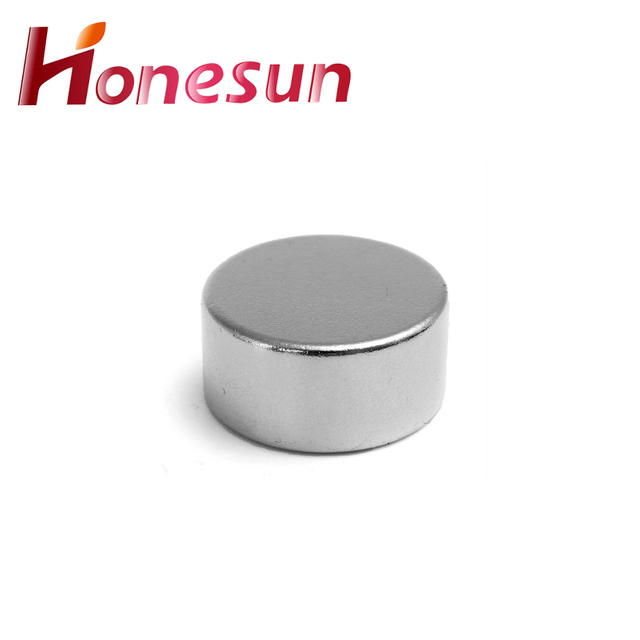
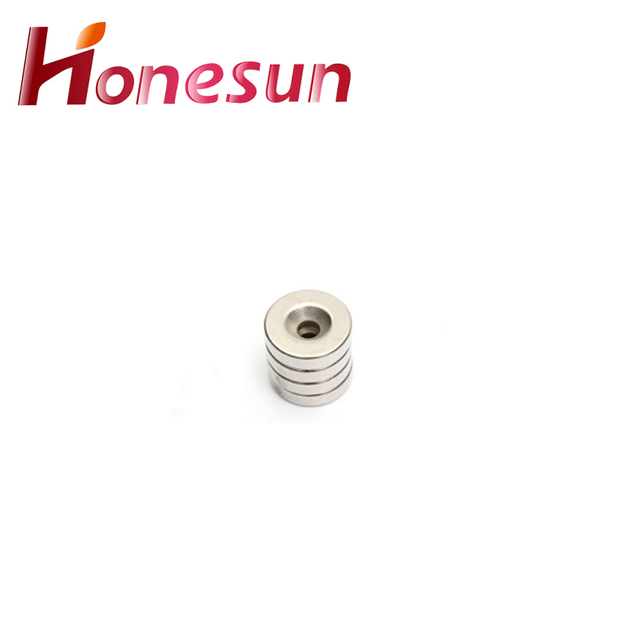
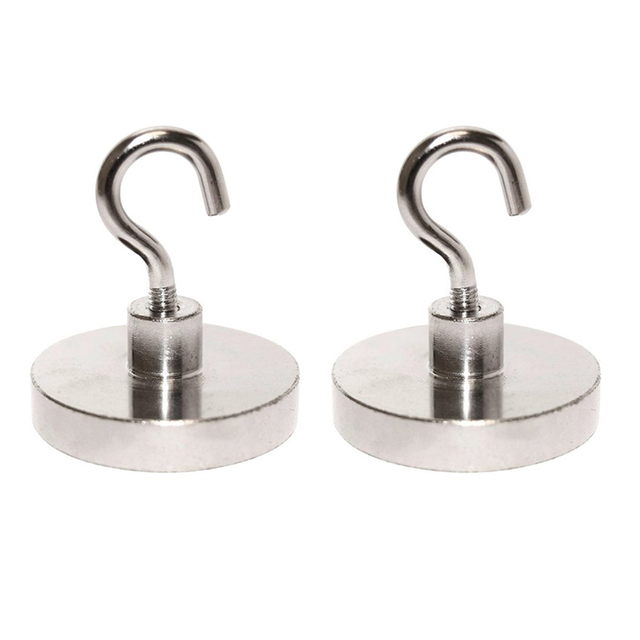
1.What are the common uses of metric neodymium magnets?
We operate our metric neodymium magnets business with integrity and honesty. 1. Motors: Neodymium magnets are used in the production of electric motors, such as those found in cordless tools, hard disk drives, and electric vehicles. 2. Speakers: Neodymium magnets are used in the production of loudspeakers, headphones, and microphones. 3. Sensors: Neodymium magnets are used in the production of sensors, such as those found in medical imaging equipment. 4. Generators: Neodymium magnets are used in the production of generators, such as those found in wind turbines. 5. Magnetic Separation: Neodymium magnets are used in the production of magnetic separators, such as those found in recycling plants. 6. Jewelry: Neodymium magnets are used in the production of jewelry, such as magnetic bracelets and necklaces.
2.Can metric neodymium magnets be custom-made for specific applications?
Yes, neodymium magnets can be custom-made for specific applications. Depending on the application, the size, shape, and strength of the magnet can be tailored to meet the specific requirements.
3.About metric neodymium magnets origin
Neodymium magnets, also known as rare earth magnets, are the strongest type of permanent magnet available. They were first developed in the 1980s by General Motors and Sumitomo Special Metals. Neodymium magnets are composed of an alloy of neodymium, iron, and boron, and are used in a wide variety of applications, including motors, generators, hard drives, and speakers.
4.Can metric neodymium magnets be used in underwater applications?
Our mission is to provide customers with the best solutions for metric neodymium magnets. Yes, neodymium magnets can be used in underwater applications. However, they must be coated with a protective material such as nickel or epoxy to prevent corrosion.
5.How do you recycle metric neodymium magnets?
We focus on our customers' needs and strive to meet their expectations, so we take this very seriously. Neodymium magnets are not typically recycled, as they are made from rare earth metals and are difficult to separate and process. It is best to reuse them or donate them to a local school or organization that can use them.
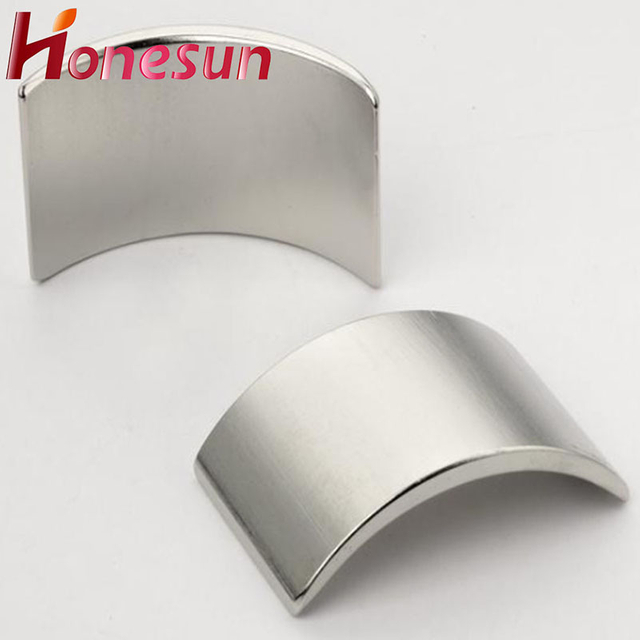
6.Why are metric neodymium magnets coated?
We have established a good reputation and reliable partnerships within the metric neodymium magnets industry. Neodymium magnets are coated to protect them from corrosion and to prevent them from chipping or cracking. The coating also helps to reduce the risk of the magnet being damaged by other metals or objects.
7.How do metric neodymium magnets work?
We have established a good reputation and reliable partnerships within the metric neodymium magnets industry. Neodymium magnets are permanent magnets made from an alloy of neodymium, iron, and boron. They are the strongest type of permanent magnet available and are used in a variety of applications. Neodymium magnets work by creating a strong magnetic field that attracts ferromagnetic materials, such as iron, nickel, and cobalt. The magnetic field is created when the electrons in the atoms of the neodymium alloy align in the same direction. This alignment creates a strong magnetic field that can attract ferromagnetic materials from a distance.
8.Can metric neodymium magnets be shaped to fit specific applications?
We maintain a certain amount of R&D investment every year and continuously improve operational efficiency to provide better services to our cooperative customers. Yes, neodymium magnets can be shaped to fit specific applications. They can be cut, drilled, and machined into various shapes and sizes.
9.What role do metric neodymium magnets play in magnetic levitation technology?
We focus on our customers' needs and strive to meet their expectations, so we take this very seriously. Neodymium magnets are used in magnetic levitation technology to create a strong magnetic field that can suspend an object in mid-air. The magnets are arranged in a specific pattern to create a stable magnetic field that can support the weight of the object. The magnets are also used to control the movement of the object, allowing it to move in a specific direction or remain stationary.
10.Are metric neodymium magnets affected by external magnetic fields?
We adhere to the principle of quality first and have a complete production quality management system and quality inspection process. Yes, neodymium magnets can be affected by external magnetic fields. They can be attracted to or repelled by other magnets, and their magnetic fields can be weakened or strengthened by other magnetic fields.
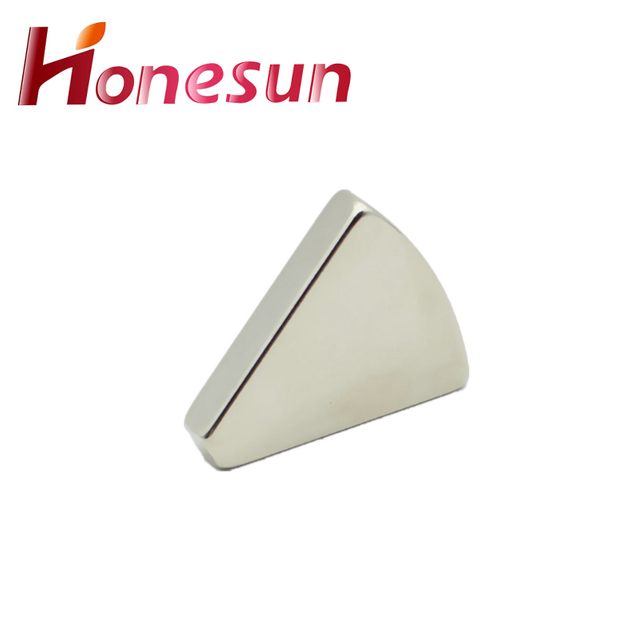
11.How do metric neodymium magnets compare to Samarium Cobalt Magnets?
metric neodymium magnets is not a product only, but also can help you comes to money-making. Neodymium magnets are the strongest type of permanent magnet available, and they are much stronger than samarium cobalt magnets. Neodymium magnets are also much more affordable than samarium cobalt magnets, making them the more popular choice for many applications. Neodymium magnets are also more resistant to corrosion and temperature changes than samarium cobalt magnets.
12.What advancements are being made in the recycling of metric neodymium magnets?
Recent advancements in the recycling of neodymium magnets include the development of new technologies that allow for the separation of neodymium from other metals in the magnet, such as iron and cobalt. This allows for the recovery of the neodymium for reuse in new magnets. Additionally, new methods of recycling neodymium magnets have been developed that involve crushing the magnets into a powder and then separating the neodymium from the other metals. This powder can then be used to create new magnets.
13.Are there any ethical concerns regarding the use of metric neodymium magnets?
Yes, there are ethical concerns regarding the use of Neodymium Magnets. Neodymium magnets are powerful and can cause serious injury if swallowed. They can also interfere with medical devices such as pacemakers and defibrillators. Additionally, Neodymium magnets can be dangerous if used in the wrong way, such as when used to create a powerful magnetic field. Finally, Neodymium magnets can be hazardous to the environment if not disposed of properly.
14.How do metric neodymium magnets contribute to consumer electronics?
Neodymium magnets are used in a variety of consumer electronics, including headphones, speakers, hard drives, and electric motors. They are used to create strong magnetic fields that can be used to generate sound, store data, and power motors. Neodymium magnets are also used in the production of rechargeable batteries, as they can help to increase the efficiency of the charging process.
15.About metric neodymium magnets patent
Neodymium magnets are a type of rare-earth magnet made from an alloy of neodymium, iron, and boron. They are the strongest type of permanent magnet commercially available and are used in a wide variety of applications, including motors, generators, and loudspeakers. Neodymium magnets are protected by a number of patents, including US Patent No. 6,845,845, which covers the composition and manufacturing process of the magnets.
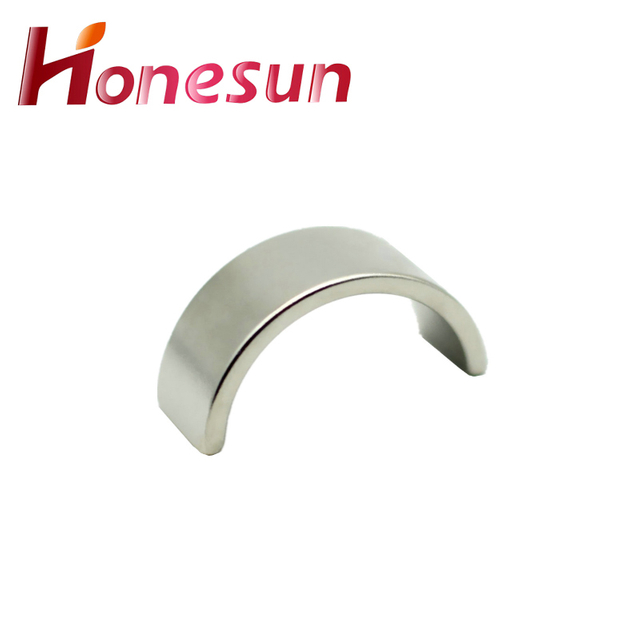
| Product Name | metric neodymium magnets |
| Material | Neodymium (Nd), Iron (Fe), and Boron (B) |
| Size | Customized size |
| Shape | Customized (block,Disc,Cylinder, Bar, Ring,Arc,Countersunk, Segment, hook) |
| Coating | Customised (Ni, Zn, Epoxy, Gold, etc.) |
| Size tolerance | ±0.04mm for diamater / thickness, ±0.1mm for width / length |
| Density | 9.3-8.3g/cm⊃3; |
| Magnetization | Thickness Magnetized, Axially Magnetized, Diametrally Magnetized |
| Applications | Neodymium(NdFeB) Magnet are widely used in many fields, such as motors, sensors,microphones, wind turbines, wind generators,printer, switchboard, packing box , loudspeakers, magnetic separation, magnetic hooks, magnetic holder, magnetic chuck, ect. |



1.What are the common uses of metric neodymium magnets?
We operate our metric neodymium magnets business with integrity and honesty. 1. Motors: Neodymium magnets are used in the production of electric motors, such as those found in cordless tools, hard disk drives, and electric vehicles. 2. Speakers: Neodymium magnets are used in the production of loudspeakers, headphones, and microphones. 3. Sensors: Neodymium magnets are used in the production of sensors, such as those found in medical imaging equipment. 4. Generators: Neodymium magnets are used in the production of generators, such as those found in wind turbines. 5. Magnetic Separation: Neodymium magnets are used in the production of magnetic separators, such as those found in recycling plants. 6. Jewelry: Neodymium magnets are used in the production of jewelry, such as magnetic bracelets and necklaces.
2.Can metric neodymium magnets be custom-made for specific applications?
Yes, neodymium magnets can be custom-made for specific applications. Depending on the application, the size, shape, and strength of the magnet can be tailored to meet the specific requirements.
3.About metric neodymium magnets origin
Neodymium magnets, also known as rare earth magnets, are the strongest type of permanent magnet available. They were first developed in the 1980s by General Motors and Sumitomo Special Metals. Neodymium magnets are composed of an alloy of neodymium, iron, and boron, and are used in a wide variety of applications, including motors, generators, hard drives, and speakers.
4.Can metric neodymium magnets be used in underwater applications?
Our mission is to provide customers with the best solutions for metric neodymium magnets. Yes, neodymium magnets can be used in underwater applications. However, they must be coated with a protective material such as nickel or epoxy to prevent corrosion.
5.How do you recycle metric neodymium magnets?
We focus on our customers' needs and strive to meet their expectations, so we take this very seriously. Neodymium magnets are not typically recycled, as they are made from rare earth metals and are difficult to separate and process. It is best to reuse them or donate them to a local school or organization that can use them.

6.Why are metric neodymium magnets coated?
We have established a good reputation and reliable partnerships within the metric neodymium magnets industry. Neodymium magnets are coated to protect them from corrosion and to prevent them from chipping or cracking. The coating also helps to reduce the risk of the magnet being damaged by other metals or objects.
7.How do metric neodymium magnets work?
We have established a good reputation and reliable partnerships within the metric neodymium magnets industry. Neodymium magnets are permanent magnets made from an alloy of neodymium, iron, and boron. They are the strongest type of permanent magnet available and are used in a variety of applications. Neodymium magnets work by creating a strong magnetic field that attracts ferromagnetic materials, such as iron, nickel, and cobalt. The magnetic field is created when the electrons in the atoms of the neodymium alloy align in the same direction. This alignment creates a strong magnetic field that can attract ferromagnetic materials from a distance.
8.Can metric neodymium magnets be shaped to fit specific applications?
We maintain a certain amount of R&D investment every year and continuously improve operational efficiency to provide better services to our cooperative customers. Yes, neodymium magnets can be shaped to fit specific applications. They can be cut, drilled, and machined into various shapes and sizes.
9.What role do metric neodymium magnets play in magnetic levitation technology?
We focus on our customers' needs and strive to meet their expectations, so we take this very seriously. Neodymium magnets are used in magnetic levitation technology to create a strong magnetic field that can suspend an object in mid-air. The magnets are arranged in a specific pattern to create a stable magnetic field that can support the weight of the object. The magnets are also used to control the movement of the object, allowing it to move in a specific direction or remain stationary.
10.Are metric neodymium magnets affected by external magnetic fields?
We adhere to the principle of quality first and have a complete production quality management system and quality inspection process. Yes, neodymium magnets can be affected by external magnetic fields. They can be attracted to or repelled by other magnets, and their magnetic fields can be weakened or strengthened by other magnetic fields.

11.How do metric neodymium magnets compare to Samarium Cobalt Magnets?
metric neodymium magnets is not a product only, but also can help you comes to money-making. Neodymium magnets are the strongest type of permanent magnet available, and they are much stronger than samarium cobalt magnets. Neodymium magnets are also much more affordable than samarium cobalt magnets, making them the more popular choice for many applications. Neodymium magnets are also more resistant to corrosion and temperature changes than samarium cobalt magnets.
12.What advancements are being made in the recycling of metric neodymium magnets?
Recent advancements in the recycling of neodymium magnets include the development of new technologies that allow for the separation of neodymium from other metals in the magnet, such as iron and cobalt. This allows for the recovery of the neodymium for reuse in new magnets. Additionally, new methods of recycling neodymium magnets have been developed that involve crushing the magnets into a powder and then separating the neodymium from the other metals. This powder can then be used to create new magnets.
13.Are there any ethical concerns regarding the use of metric neodymium magnets?
Yes, there are ethical concerns regarding the use of Neodymium Magnets. Neodymium magnets are powerful and can cause serious injury if swallowed. They can also interfere with medical devices such as pacemakers and defibrillators. Additionally, Neodymium magnets can be dangerous if used in the wrong way, such as when used to create a powerful magnetic field. Finally, Neodymium magnets can be hazardous to the environment if not disposed of properly.
14.How do metric neodymium magnets contribute to consumer electronics?
Neodymium magnets are used in a variety of consumer electronics, including headphones, speakers, hard drives, and electric motors. They are used to create strong magnetic fields that can be used to generate sound, store data, and power motors. Neodymium magnets are also used in the production of rechargeable batteries, as they can help to increase the efficiency of the charging process.
15.About metric neodymium magnets patent
Neodymium magnets are a type of rare-earth magnet made from an alloy of neodymium, iron, and boron. They are the strongest type of permanent magnet commercially available and are used in a wide variety of applications, including motors, generators, and loudspeakers. Neodymium magnets are protected by a number of patents, including US Patent No. 6,845,845, which covers the composition and manufacturing process of the magnets.

Honesun Industrial Co., Ltd. focuses on designing, researching, developing, manufacturing and selling Magnets and Magnetic Assemblies. With more than 15 years' rich experience and considerate services.we have been recognized as a reliable.



